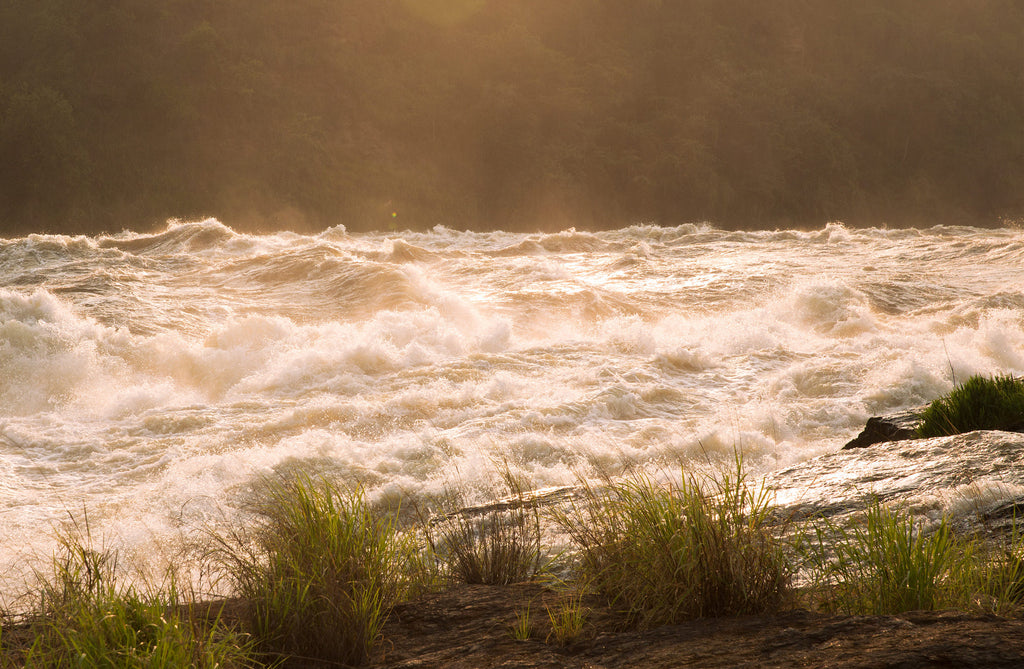
Wilderness is our last refuge. Wild ingredients, harvested in ways that sustain local communities and wild lands, are at the cornerstone of LXMI’s business model.
Here’s why wild wins.
Wild vs. “Natural"
Have you ever stopped to wonder what’s in the jar of stuff you slather on your face every morning? Many of you probably read ingredient labels, preferring products that have fewer synthetic ingredients. But as with food, not all natural ingredients are the same.
Recently, researchers have learned that wild varieties of our favorite foods may contain higher levels of key phytonutrients than their farmed counterparts. We’re still not sure why — possibly because of the nutrient density of the soil these wild foods are grown in, the fact that no pesticides or fertilizers were used, or the fact that they were never bred to resist bugs or have a long shelf-life in a supermarket.
Our tastebuds know that a tomato pumped with fertilizer, sprayed with insecticide, and later ripened in a hothouse is not the same as a rare, organic heirloom fruit ripened on the vine and free of chemicals — heirloom varieties have been found to contain more lycopene, an important nutrient linked to reduced cancer risk.
I’m convinced the same is true for the natural ingredients in our personal care products. Wild seems to offer freedom from many of the environmental contaminants that plague modern agriculture. Our soil, air, and water sources are overrun with nitrates from fertilizers and farm animal waste (don’t Google the latter — it’s deeply scary and sad), tiny particles from industrial manufacturing and car exhaust, and other accumulated waste from 7 billion large mammals and their rapacious consumption habits.
Conservation Incentives
I’ve written before about conservation incentives — the idea that the best way to stop poaching or rainforest clearing is to create financial incentives for local communities to preserve these wild assets. Some of the most effective anti-poaching programs involve paying poachers a premium price for their farm produce, so they make more money via farming than poaching.
One of our philosophies at LXMI is creating incentives to preserve rare, wild ingredients. One of these, Nilotica shea, is a nut that grows on trees that take 20 years to mature and live to 200 — many trees are chopped up and sold as charcoal, because locals have few other ways to make money. Paying a premium price for Nilotica nuts creates a conservation incentive, and a more powerful way to stop environmental degradation than by government decree or protests.
Sustainably collecting wild ingredients can create powerful incentives for local people to steward their own lands and natural resources, with minimal involvement by government and outside NGOs.
Wild Brings us Back to Something Profound and Primordial
Above all, wild ingredients connect us to something deeper, a sense of wonder and the realization of our smallness on a big blue planet. Dave Foreman, whose work came to my attention in Patagonia founder Yvon Chouinard’s fantastic book, Let My People Go Surfing, says it better than I can:
xx
Leila




